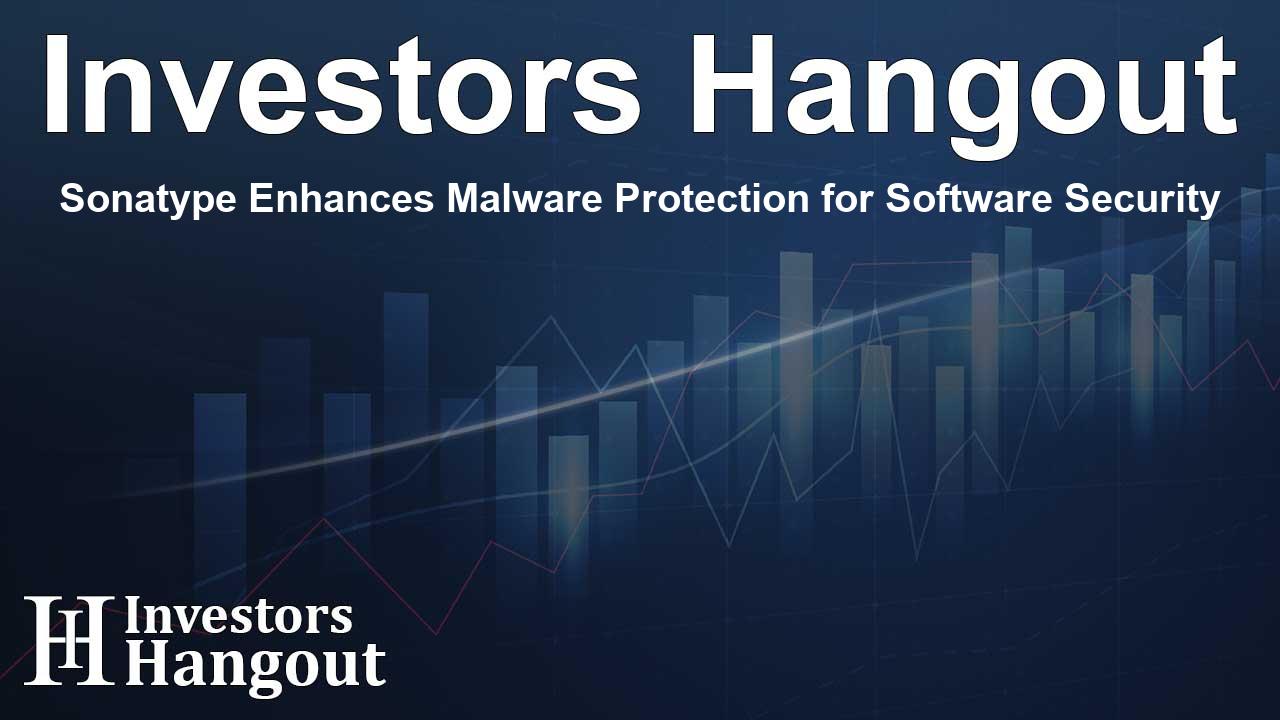Sonatype Enhances Malware Protection for Software Security

Sonatype's Groundbreaking Enhancements to Open Source Security
Sonatype, the end-to-end software supply chain security company, has introduced crucial enhancements aimed at fortifying security against open source malware. These updates, particularly in their Repository Firewall product, position organizations to better defend their development environments from the pervasive threats associated with malicious open source packages.
Understanding the Threat of Open Source Malware
Open source malware, often lurking unnoticed, presents a significant risk to software developers and their infrastructure. Traditional security measures often fail to detect these threats, especially at the early stages of the software development lifecycle. Malicious components can infiltrate systems prior to the activation of Software Composition Analysis (SCA) tools. With these enhancements, Sonatype's Repository Firewall proactively identifies and blocks these threats right at the download stage, thus securing every entry point of third-party components in software development.
Integration with Zscaler for Enhanced Protection
A key feature of the updated Repository Firewall is its integration with Zscaler Internet Access (ZIA). This combination amplifies the protection of open source software, ensuring that high-risk components are filtered out before they cause disruptions in the development process. Developers can now work with the confidence that potentially harmful components will never compromise their workflow or descend into late-stage security crises.
Counteracting Shadow Downloads
One of the innovative aspects of Sonatype's latest updates is the ability to block shadow downloads. By preventing direct downloads of open source components from public repositories onto development machines, companies can maintain better control over their internal security protocols. This proactive approach to managing risks has become increasingly necessary as recent data indicated a 32.8% rise in these shadow downloads.
Broader Support for Docker and AI/ML Models
With the introduction of Docker registry support, Sonatype Repository Firewall extends its security measures beyond traditional package formats to container images as well. This means that whether applications are running on virtual machines or cloud-native architectures, developers will benefit from consistent security feedback without altering their usual practices.
Mitigating Risks in AI Development
Sonatype has also taken a pivotal step in supporting AI/ML model components. With the recent introduction of Hugging Face support, developers can now detect and block non-compliant models before they enter production environments. This is essential as the risk posed by malicious AI models continues to escalate due to the rapid adoption of advanced AI technologies in software development.
Automated Malware Detection for Modern Development
The Repository Firewall now features automated malware detection capabilities through a suite of APIs. This allows teams to enforce policies and identify threats at every phase of the software development lifecycle, enhancing security practices without hindering innovation. Organizations have the flexibility to tailor their security parameters based on the unique characteristics of their development environments.
About Sonatype's Ongoing Commitment to Security
Sonatype's Security Research Team is at the forefront of identifying emerging threats, evidenced by the exponential growth reflected in their Open Source Malware Index. These enhancements signify Sonatype's commitment to providing robust solutions that empower organizations to cultivate secure and innovative software development processes.
Join Sonatype at Industry Events
Sonatype will be present at various industry events, where they invite attendees to explore their latest innovations in open source malware protection. They continue to demonstrate their leadership in the sector, equipping enterprises with the tools necessary to navigate the evolving software security landscape.
Frequently Asked Questions
What is open source malware?
Open source malware refers to malicious components that are hidden within open source packages, posing risks to developers and their projects.
How does the Repository Firewall enhance security?
The Repository Firewall proactively identifies and blocks malicious downloads, significantly reducing the risk of security breaches during software development.
What is the significance of shadow downloads?
Shadow downloads occur when developers download components directly from public repositories, bypassing internal security controls, increasing vulnerability to threats.
How does the Zscaler integration work?
The integration with Zscaler enhances the Repository Firewall’s capabilities by filtering out high-risk open source components before they enter the development workflow.
What is the importance of automated malware detection?
Automated malware detection allows organizations to enforce security measures in real-time, ensuring safer software development practices across their teams.
About The Author
Contact Evelyn Baker privately here. Or send an email with ATTN: Evelyn Baker as the subject to contact@investorshangout.com.
About Investors Hangout
Investors Hangout is a leading online stock forum for financial discussion and learning, offering a wide range of free tools and resources. It draws in traders of all levels, who exchange market knowledge, investigate trading tactics, and keep an eye on industry developments in real time. Featuring financial articles, stock message boards, quotes, charts, company profiles, and live news updates. Through cooperative learning and a wealth of informational resources, it helps users from novices creating their first portfolios to experts honing their techniques. Join Investors Hangout today: https://investorshangout.com/
The content of this article is based on factual, publicly available information and does not represent legal, financial, or investment advice. Investors Hangout does not offer financial advice, and the author is not a licensed financial advisor. Consult a qualified advisor before making any financial or investment decisions based on this article. This article should not be considered advice to purchase, sell, or hold any securities or other investments. If any of the material provided here is inaccurate, please contact us for corrections.
